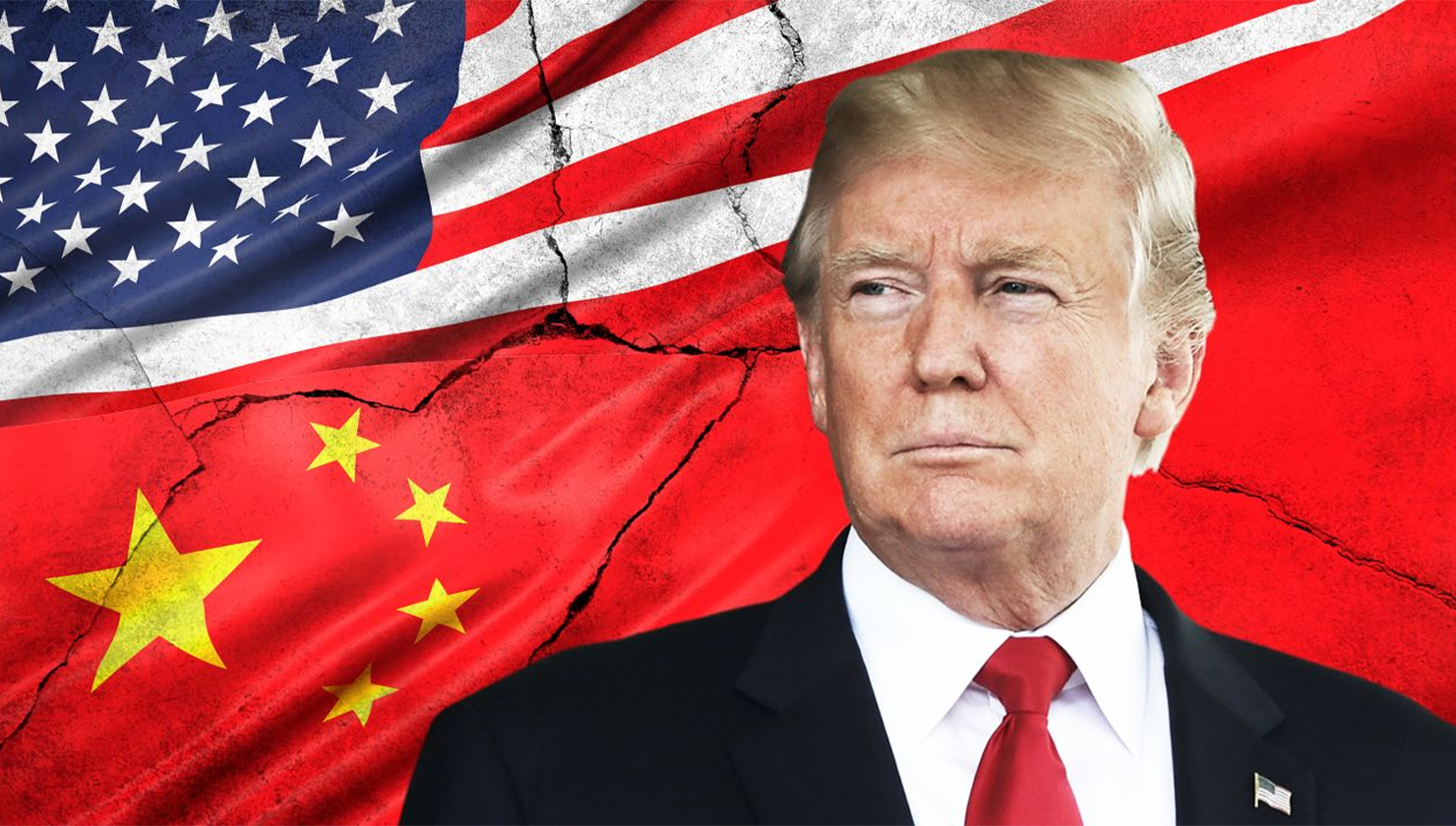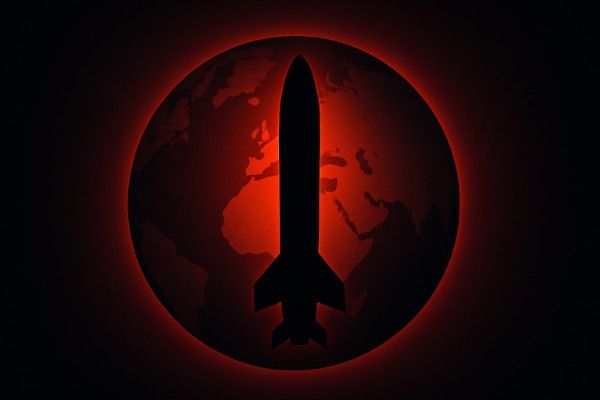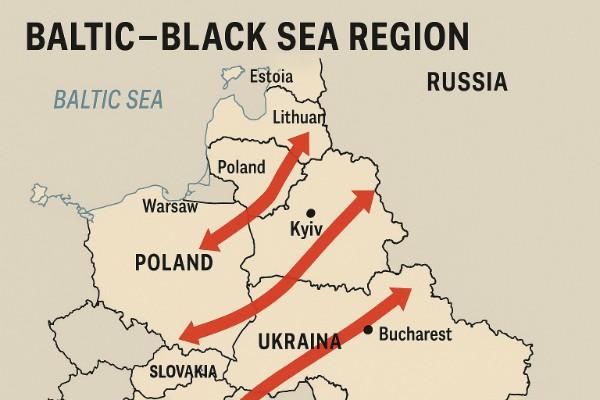As Trump assumes presidential office, many speculate about a strain in US-China relations. While it is too early to predict the trajectory of US-China relations, Trump’s ‘America First’ policy clearly means a hardened stance toward China. Many staunch believers of the realist tradition in international relations predict that the US and China are trapped in competition and that they are destined to go to war. Referring to classical realist notions like Thucydides’, many scholars predict the inevitability of war when a rising power confronts the ruling power. Whether China is willing to challenge U.S. power while simultaneously reshaping the prevailing values-based international order is a separate debate beyond the scope of this op-ed. This piece will analyze the key areas of confrontation likely to define U.S.-China relations under a second Trump administration.
Amidst such apprehensions, optimism prevails among some Chinese experts and policymakers about the rise of China. According to them, China’s global ambitions are more developmental rather than confrontational, resulting in a more cooperative international environment. President Xi Jinping, in one of his speeches in 2014, invited his American counterpart to work together with an agenda of ‘non-conflict, non-confrontation, mutual respect and win-win cooperation.’ However, the existence of both these arguments presents very extreme approaches to understanding US-China relations. The heated debate about the confrontational nature of US-China relations undermines the ground realities where any extreme step would be mutually destructive.
Under the Trump administration, realist notions prevailed as Trump prioritized the agenda of ‘national interests’ over ‘global interests.’ He carried forward his ‘America First’ policy during his first administration and withdrew from multiple international agreements like the Paris Climate Agreement, Trans-Pacific Partnership (TPP), Joint Comprehensive Plan of Action, and others. The revival of Quad was another step taken by the Trump administration, which was concerning for China. This was followed by the release of strategic documents which identified China and Russia as the major strategic competitors. The events took a major turn in 2018 when Trump announced Tariffs on foreign-made aluminum and steel. These tariffs mainly hit China while exempting aligned nations, including Canada, Japan, and many European countries. China, in turn, imposed ‘retaliatory tariffs’, escalating the trade war between the two. The trade war only intensified in the following years as the US raised tariffs on Chinese goods from 10 to 25 percent. These are just a few developments that concerned the growing competition between the US and China during Trump’s first administration.
Now, if we closely look into the election campaign and the first few weeks of Trump’s office, we can give a hunch of the policies he will likely continue during his second term in office. During his inaugural speech, he clearly said that his modus operandi for his second term would be “Promises made, promises kept.” Apart from immigration which dominated his agenda, what concerned China was the trade cuts and tariffs. During the first week in his office, he signed an executive order to impose 10% tariffs on Chinese imports. Initially, the Chinese side was willing to talk to avoid deepening the conflict, which the Trump administration did not take well. China then imposed additional tariffs on about $20bn of annual imports, calling them ‘fairly modest’ measures compared to what the US did. If Trump continues with these policies, China will be hit most where it hurts, and that is their economy. This would increase domestic issues for China, where the communist government’s dictum is “keeping democracy out and people’s belly full.” The strain on the economy would definitely result in chaos, which is not something suitable for Beijing. Although Trump is very clear about his trade policies vis-à-vis China but, when it comes to security issues related to the South and East China Sea, it is too early to predict anything.
Another issue could be over Taiwan, which is of the core interest of China as Taiwan’s reunification is the core objective ingrained in the Chinese constitution. For China, increased US engagement with Taiwan, especially arms sales, is directly threatening the One-China Principle. Regarding Taiwan, Trump’s statements were contradictory as, on the one hand, there were big arms sales, but on the other hand, stating that ‘Taiwan should pay for its own defense.’ These statements aside, Trump’s overall Taiwan policy was seen positively by the Democratic Progressive Party (DPP). There were huge arms sales, increased US patrols in the Taiwan Strait, and high-level government officials’ visits between the two countries, which are clearly concerning for China. Currently, Taiwan is considering purchasing multi-billion arms from the US. Reuters reported that this step would indicate the continued support and commitment of the US to Taiwan’s defense, which will not sit well with China.
Although Trump 1.0 primarily challenged China in the realm of trade, Trump 2.0 is set to escalate tensions further by igniting a technological war between the two. Under the umbrella of ‘,’ there were many sanctions hitting CHIPS, semiconductors, automobiles, etc, under the Joe Biden administration. Since Trump took office in January 2025, there have also been major developments in the domain of Artificial Intelligence (AI). He announced $500 billion for AI infrastructure development mainly to counter rival nations in the business of critical technology. This was immediately followed by another development where Chinese-owned ChatBot DeepSeek took over ChatGPT, challenging US primacy in these technologies. The situation is still unfolding, but developments around emerging technologies or the so-called tech war would be another highlight of Trump’s 2.0, especially in relation to China.
Although these areas would be potential areas of escalation, Trump’s policies often oscillate between different extremes. One important thing here is the unpredictability of Trump’s character, which was evident during his first tenure in presidential office. Advisors from corporate America, even Elon Musk himself, who is also heading the Department of Government Efficiency (DOGE), would impact his policies towards China. But since the balance of trade hangs towards the Chinese side, the tariff war would hurt China more.
Overall, Trump’s current outlook clearly says ‘hardened policies towards China.’ Trump has always been of two minds while dealing with American adversaries, be it Russia, China, or North Korea. On one hand, his statements are extremely tough towards them, but when he comes to the table, he loves to make a deal. Ongoing negotiations with the Russian counterpart are a good example of this mindset. With China, Trump has not shown any willingness to talk, even though Beijing has shown a willingness to talk. Trump stated that he was not in a hurry to talk to his Chinese counterparts.
The growing competition between the US and China would also shake the global order which is already in flux. Pursuing a zero-sum approach would not only risk their interests but would also adversely affect global stability. A pragmatic path forward requires a mix of competition and cooperation, with clear mechanisms for dialogue, crisis management, and engagement in areas of mutual interest such as climate change, trade, and regional security.

Table of Contents
ToggleAyesha Sikandar
Ayesha Sikandar, an MPhil scholar at NDU, is a research assistant at the Strategic Vision Institute (SVI). Her expertise lies in Asian affairs, with a focus on China and South Asian politics.
- Ayesha Sikandar













